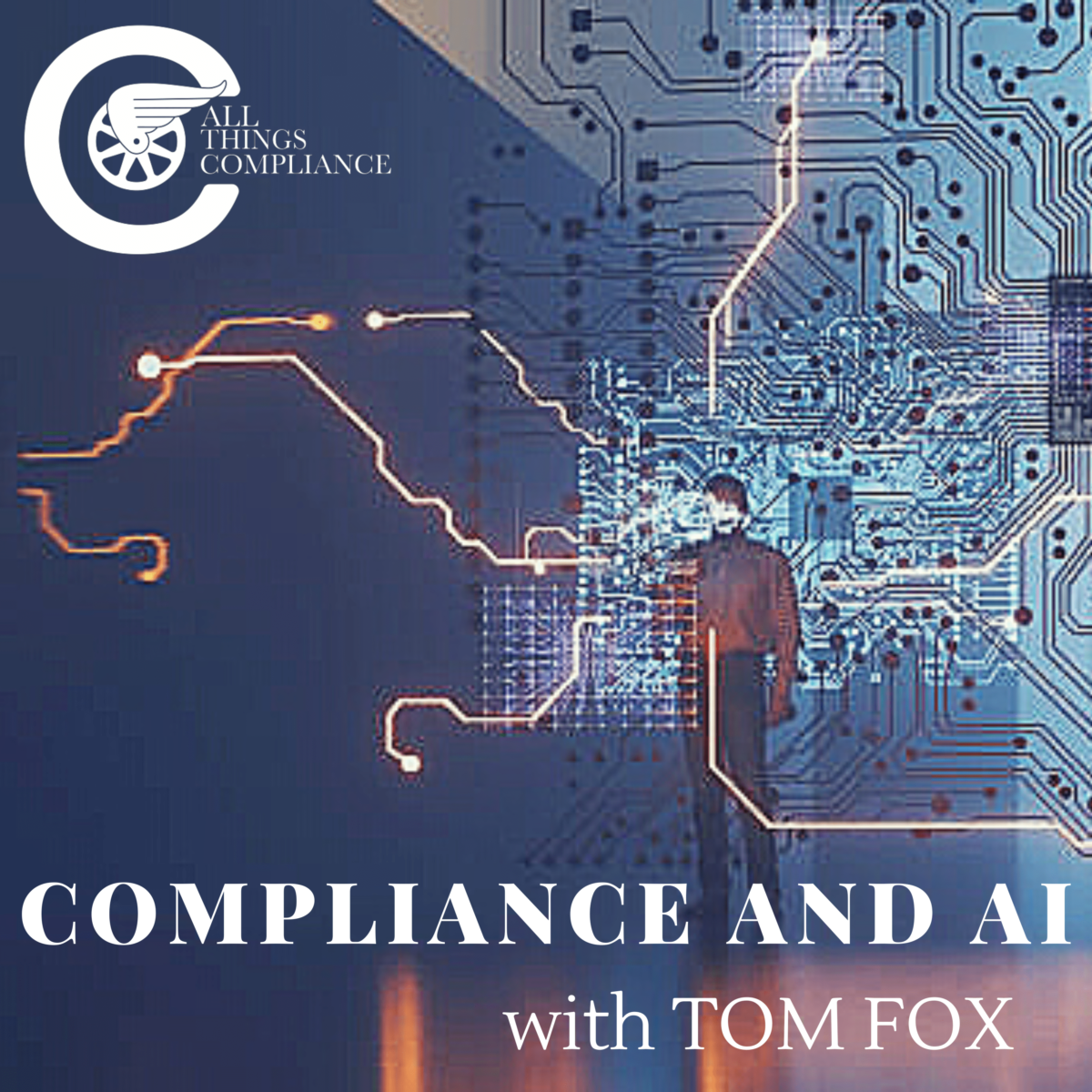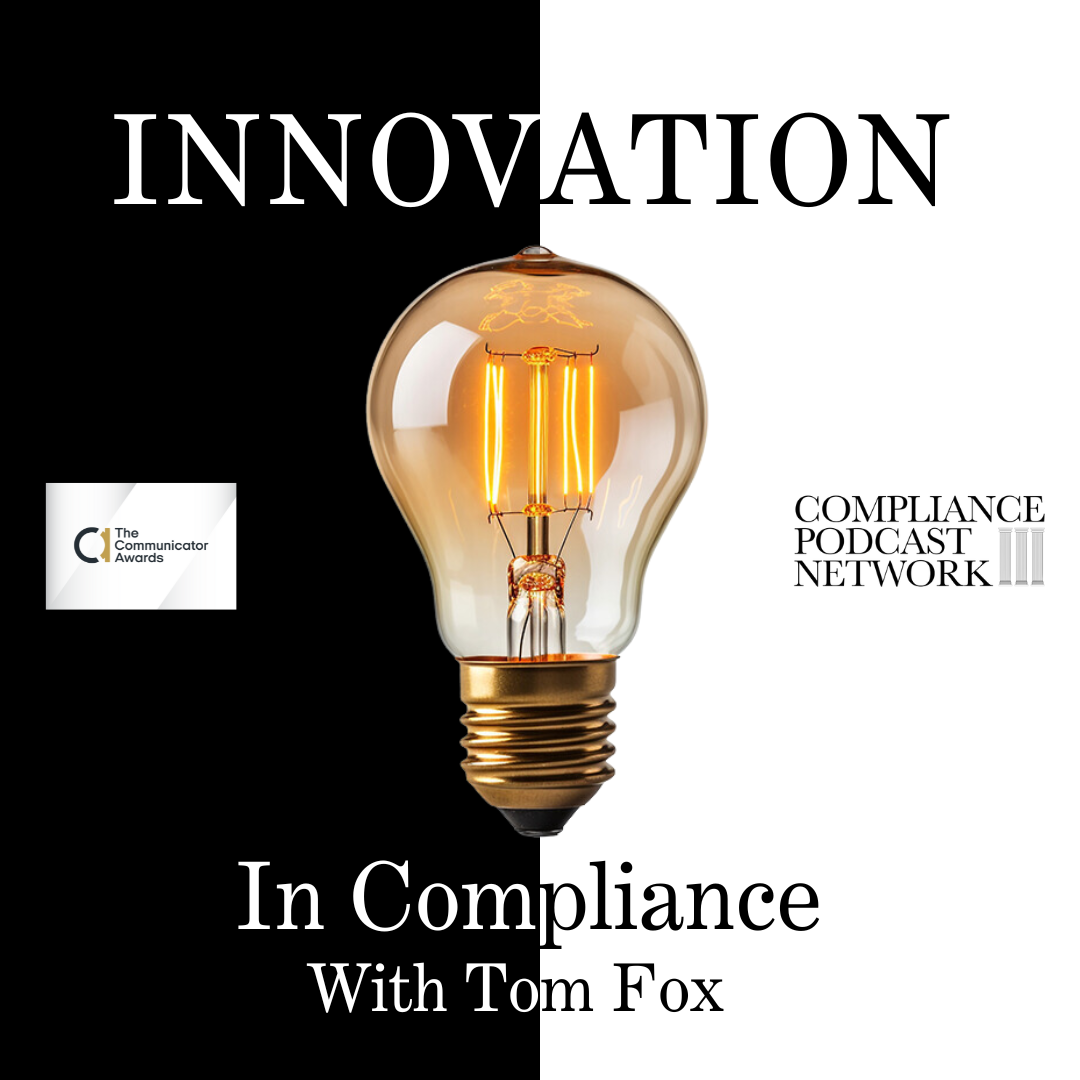Leadership in compliance isn’t merely about having expertise in regulatory frameworks or policies. It’s about effectively guiding a team through complex challenges, continuously evolving regulatory landscapes, and an ever-shifting corporate environment. Effective compliance leadership demands a nuanced understanding of leadership styles and the agility to adapt these styles to the demands of specific situations. Today, I dive into six distinct leadership styles first identified by Daniel Goleman and then written about by Rebecca Knight in her HBR article, “6 Common Leadership Styles — and How to Decide Which to Use When,” I use Knight’s article to explore how compliance professionals can integrate these styles to strengthen compliance cultures and organizational resilience.
Understanding Leadership Through a Compliance Lens
Goleman’s seminal research presented six leadership styles: coercive, authoritative, pacesetting, affiliative, democratic, and coaching. While some of these styles naturally align with compliance efforts, others may initially seem counterintuitive or even detrimental. However, compliance professionals must appreciate and strategically deploy each style to address varying compliance scenarios effectively.
The Coercive Style: Compliance’s Necessary Evil?
Coercive leadership, characterized by a top-down, directive approach, demands immediate compliance. On its surface, this style seems antithetical to the principles of modern compliance, which emphasize collaboration, open dialogue, and transparency. Yet, consider a scenario such as managing an immediate compliance crisis—a data breach, sanctions violation, or serious misconduct allegation. In such instances, swift, decisive action with clear directions can be invaluable to mitigate harm and establish immediate corrective measures.
However, compliance leaders must exercise caution; coercive leadership has significant drawbacks, notably diminished morale, reduced engagement, and potential loss of trust. As Knight rightly notes, frequent reliance on coercive leadership can create a corrosive environment, undermining long-term compliance program effectiveness. Hence, it’s crucial to limit this approach strictly to emergencies.
The Authoritative Style: Compliance Visionaries at Work
Contrasting starkly with coercive leadership, authoritative leadership excels in mobilizing individuals toward a shared compliance vision. Compliance leaders adopting this style clearly articulate how compliance contributes to overall organizational integrity, sustainability, and success. Whether introducing new compliance technologies, policies, or procedural adjustments, an authoritative leader demonstrates how each action aligns with the broader organizational objectives and regulatory requirements.
This approach helps embed compliance into the fabric of corporate culture by clearly demonstrating compliance’s strategic value. It fosters employee engagement and makes compliance not just a set of rules but a meaningful part of everyday operations.
The Pace-setting Style: High Standards, High Risks
Pace-setting leadership involves establishing and maintaining high standards of performance. Compliance professionals are typically meticulous, driven, and committed to excellence, making the pace-setting style a natural fit. Nonetheless, Rebecca Knight provides an essential cautionary note: the relentless pursuit of perfection, characteristic of this style, can lead to employee burnout and disengagement.
Compliance officers must carefully manage their use of pace-setting leadership. It’s particularly effective in specialized compliance tasks where precision is paramount, such as preparing for external audits or implementing new regulatory protocols. However, balancing this intensity with other leadership styles can safeguard employee well-being and maintain sustainable compliance standards.
The Affiliative Style: Building the Compliance Community
The affiliative leader prioritizes relationship-building, emotional connections, and fostering a supportive compliance environment. In today’s corporate climate, where teams increasingly grapple with remote work or hybrid arrangements, affiliative leadership offers an essential anchor. It helps compliance professionals feel valued, connected, and integral to the team, significantly enhancing morale and commitment to compliance initiatives.
However, relying solely on affiliative leadership can leave critical feedback unaddressed. Therefore, Knight recommends coupling affiliative strategies with more directive styles, ensuring a healthy balance of encouragement and accountability in compliance teams.
Democratic Leadership: Harnessing Collective Wisdom
The democratic leader believes in shared decision-making and soliciting diverse viewpoints. This inclusive approach can yield innovative compliance solutions, particularly beneficial when compliance teams confront unprecedented challenges or must develop novel strategies to meet new regulatory demands.
Yet democratic leadership requires time and extensive dialogue. This style may falter during a compliance emergency or when swift decision-making is critical. Thus, compliance professionals must discern wisely when inclusive discussions enhance compliance efforts or when they may lead to paralysis by analysis.
Coaching Leadership: The Long Game of Compliance
Finally, coaching leadership prioritizes team members’ personal and professional growth. This style aligns seamlessly with compliance’s foundational continuous improvement and training objectives. Coaching leaders consistently ask their teams how they can support them in achieving their compliance goals, fostering a culture of learning and development.
Compliance officers employing this style nurture a proactive, engaged compliance team eager to enhance their knowledge, skills, and abilities. The long-term payoff is substantial: sustained compliance effectiveness and a robust compliance culture resilient to ethical and regulatory challenges.
Adaptive Leadership in Compliance: The Ultimate Strategic Advantage
Goleman’s most critical insight is that effective leadership is not rigidly adhering to a single style but fluidly adapting based on circumstances. Compliance leadership, therefore, is inherently situational. Effective compliance officers deftly transition between leadership styles—authoritative when clarifying a compliance vision, democratic when developing new procedures collaboratively, coercive when addressing urgent compliance crises, affiliative when morale is flagging, pace-setting when precision is crucial, and coaching when fostering team growth.
Achieving this level of leadership agility requires developing emotional intelligence—understanding your team’s dynamics, motivations, and emotional states and adapting your leadership accordingly. Leaders can enhance emotional intelligence through self-reflection, feedback, coaching, and practice.
Compliance Leadership as a Dynamic Practice
Compliance leadership cannot afford stagnation. As compliance professionals, we operate in an ever-evolving regulatory and business landscape that continually challenges our assumptions and demands our adaptability. Mastering and appropriately deploying these six leadership styles—coercive, authoritative, pace-setting, affiliative, democratic, and coaching—positions compliance leaders to meet these challenges proactively.
By honing our adaptive leadership skills and embracing the full spectrum of leadership styles detailed by Knight, we strengthen our compliance programs and foster healthier organizational cultures. As compliance professionals, we can turn regulatory compliance from a perceived burdensome obligation into an integral, vibrant component of organizational success.
The call to compliance leadership is clear—let’s embrace its complexities, adapt effectively, and lead purposefully, understanding that flexibility is our greatest strength in the nuanced world of compliance.








 Listen now on your favorite platforms, the
Listen now on your favorite platforms, the 


